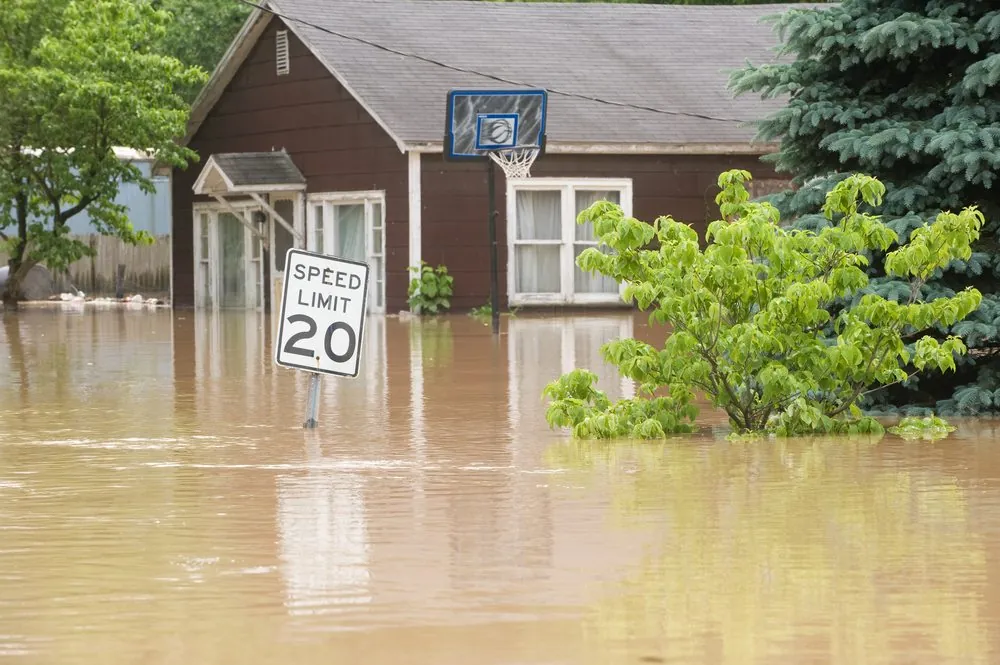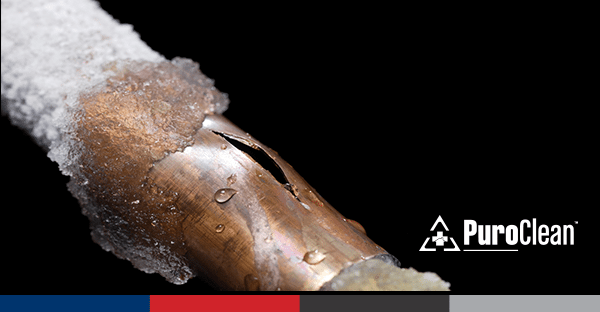Winter can be a beautiful season, but it also brings its fair share of challenges, especially for homeowners. One of the most common and potentially costly winter-related issues is frozen pipes. When water inside your pipes freezes, it expands, which can lead to pipe bursts and extensive water damage. However, with proper preparation and maintenance, you can avoid frozen pipes and the headaches that come with them. In this blog, we’ll explore some practical tips to help you winter-proof your home and keep your pipes from freezing.
- Insulate Your Pipes
One of the most effective ways to prevent frozen pipes is to insulate them properly. Pipe insulation is readily available at most hardware stores and is relatively easy to install. Focus on insulating pipes in unheated or poorly insulated areas of your home, such as basements, crawl spaces, and attics. Use foam or fiberglass pipe insulation sleeves, and pay close attention to corners and bends in the pipes. Also, don’t forget to insulate any outdoor pipes or hose bibs to prevent freezing.
- Maintain Consistent Heating
Maintaining a consistent temperature inside your home during the winter is crucial. Set your thermostat to at least 55 degrees Fahrenheit, even when you’re away. This will help ensure that your pipes stay warm enough to prevent freezing. If you’re planning an extended trip during the winter, consider draining your plumbing system or shutting off the main water supply and opening faucets to drain any remaining water in the pipes.
- Seal Leaks and Cracks
Inspect your home for any gaps, cracks, or openings where cold air can seep in. Use caulk or insulation to seal these areas, especially around windows, doors, and where pipes enter your home. By preventing cold drafts, you’ll help maintain a warmer environment for your pipes.
- Let Faucets Drip
On particularly cold nights, allowing your faucets to drip slightly can help prevent frozen pipes. The constant flow of water through the pipes, even at a trickle, can make it more difficult for them to freeze. Focus on faucets located along exterior walls or in unheated areas of your home.
- Use Pipe Heating Cables
If you have pipes that are at high risk of freezing, consider using pipe heating cables. These cables are designed to wrap around pipes and provide a consistent source of heat to prevent freezing. They’re especially useful for outdoor pipes and those in extremely cold areas.
- Open Cabinet Doors
In areas where you have plumbing, like under sinks, open the cabinet doors during cold spells. This allows warm air from your home to circulate around the pipes, helping to keep them from freezing.
- Disconnect Outdoor Hoses
Before the first frost, disconnect and drain all outdoor hoses. Leaving hoses connected can trap water inside the hose bib, leading to frozen pipes and potential damage. Install hose bib covers to provide extra insulation and protection.
- Be Prepared for Emergencies
Despite your best efforts, frozen pipes can still happen. Therefore, it’s essential to be prepared. Know the location of your main shut-off valve and how to turn off your water supply in case of a burst pipe. Keep necessary tools and supplies handy, such as a pipe wrench, buckets, and PuroClean’s contact information if you need help from an expert.
Preventing frozen pipes is a proactive step that can save you time, money, and the stress of dealing with a plumbing emergency during the winter months. By insulating your pipes, maintaining a consistent temperature, sealing gaps, and taking other preventive measures, you can enjoy a cozy and worry-free winter season. Remember that a little preparation can go a long way in keeping your pipes from freezing and ensuring a comfortable and safe home all winter long.




 PuroClean Certified Restoration Specialists
PuroClean Certified Restoration Specialists